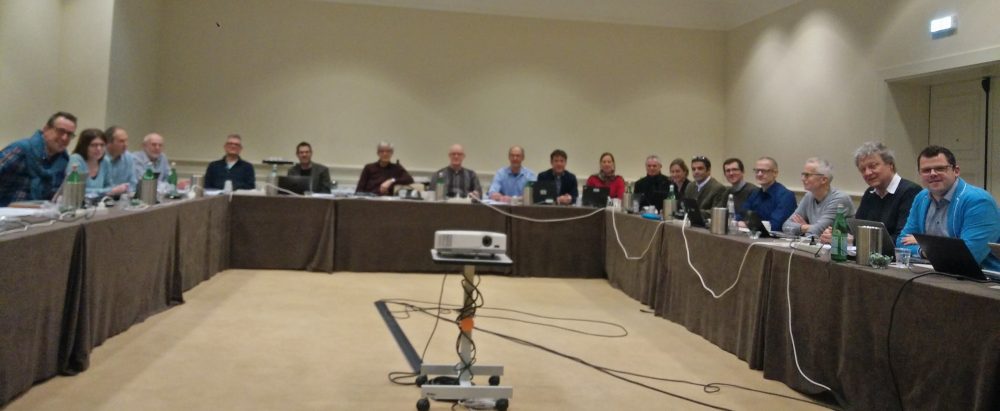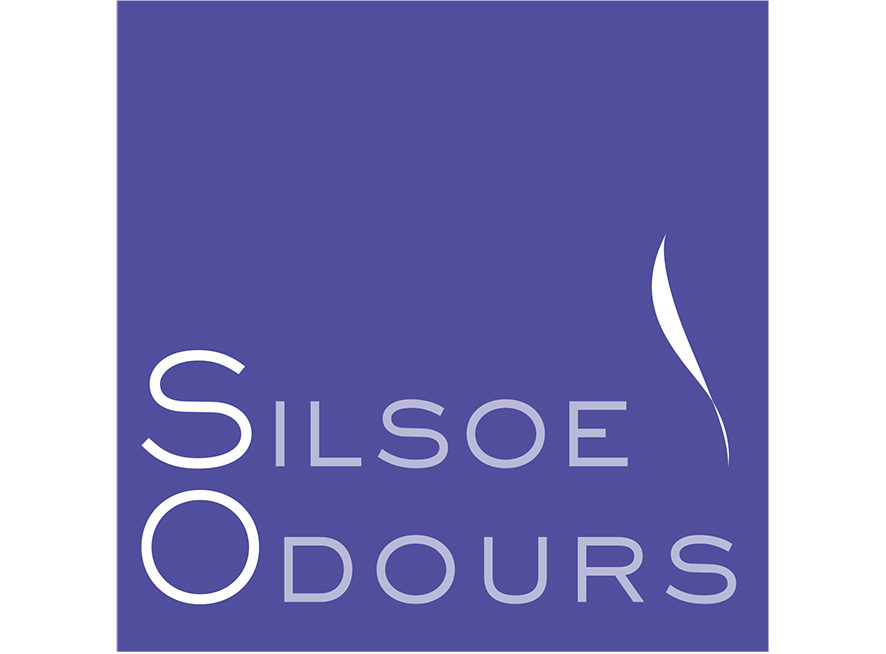What’s next for EN13725?

At the end of February 2018, WG2 ‘Odours’ of the Technical Committee CEN/TC 264 “Air Quality” met in Trieste, Italy. They were working towards the next phase of updates for the European Standard EN13725 – air quality – determination of odour concentration by dynamic olfactometry. Here’s what you need to know…
What does EN13725 mean for odour management?
All odour sampling activities at Silsoe Odours comply with the European Standard EN13725. But what does this actually mean? The European Standard was prepared by Technical Committee CEN/TC 264 “Air Quality” WG2 ‘Odours’, where our founder and Director, Robert Sneath, has acted as the UK expert representing the British Standards Institute (BSI) since the committee’s inception in 1996. Here, he shares his insights into the ongoing development of EN13725 and the changes you can expect to see moving forward.
What is EN13725 for?
“This European Standard specifies a method for the objective determination of the odour concentration of a gaseous sample using dynamic olfactometry with human assessors and the emission rate of odours emanating from point sources, area sources with outward flow and area sources without outward flow. The primary application is to provide a common basis for evaluation of odour emissions in the member states of the European Union.”
BSEN13725:2003 – Air Quality. Determination of odour by dynamic olfactometry.
Why is consistency important when evaluating odour emissions?
Over the past few decades, there has been a sharp increase in the development of environmental regulations. These include those relating to odour management for planning, industry and agriculture. Most noteworthy, the H4 odour guidance document from the Environment Agency, and the Guidance on the Assessment of Odour for Planning document from the Institute of Air Quality (IAQM). These guidance documents outline best practice criteria for effective odour management. In order to be enforceable, these regulations have led to the creation of a single European Standard of odour measurement.
What did the technical committee hope to achieve?
The original aim of WG2 ‘Odours’ was to develop a unified standard of olfactometry which:
- Improved consistency within each laboratory (repeatability)
- Achieved comparable results amongst laboratories (reproducibility)
- Connected the results to a traceable reference material, such as n-butanol (accuracy)
What does it provide criteria on?
- Sampling procedures (more about odour sampling here)
- Laboratory design and operation
- Olfactometer design, operating procedures and calibration requirements
- Ongoing screening of odour assessors, as well as selection and training criteria
- Certification of odour assessors
- Procedures relating to data processing
What’s next for EN13725?
WG2 ‘Odours’ began considering updates to the EN13725 in November 2012. Over the course of 14 meetings, a total of 252 documents were prepared and discussed. Following the fourteenth meeting in Trieste, Italy in February 2018, the next phase of updates have now been agreed. As a result, the revised final draft is expected to be released in 2018, to progress to the enquiry stage. It will be titled EN13725 – Air Quality – Determination of odour concentration by dynamic olfactometry and odour emission rate from stationary sources. The new document will incorporate updates including;
- Health and safety recommendations for all staff involved with the process of dynamic olfactometry. This includes odour assessors and sampling technicians, both in the laboratory and on-site
- More rigorous procedures for sampling and pre-dilution
- A more thorough method to assess measurement uncertainty
- Certain exclusions (for example, field olfactometry and measurement of exposure)
WG2 ‘Odours’ comprises a dedicated team of around 20 odour experts. Major contributions were made to the EN13725 update by commercial and academic delegates from a number of countries, including the UK, Italy, Netherlands, Spain, Belgium, Germany, France and Denmark. Consequently, a solid cross-section of Europe was represented.
How is compliance evaluated?
In conclusion, EN13725 is an important guideline for owners and operators to work to when conducting the assessment of odours. The United Kingdom Accreditation Service (UKAS) is responsible for ensuring compliance with the European Standard in the UK. Silsoe Odours is proud to operate a UKAS-accredited odour laboratory.
Want to know more?
If you’ve got a specific question about EN13725 and/or it’s newest revision, feel free to drop Robert a line on 01525 351 396, or info@silsoeodours.co.uk.
Here’s a handy set of references…
Institute of Air Quality Management (IAQM)
Guidance on the assessment of odour for planning
Environment Agency
Additional guidance for H4 Odour Management – how to comply with your environmental permit

4 Responses
[…] What’s next for EN13725? […]
[…] Robert is a renowned odour specialist with over 40 years’ experience at the forefront of the odour industry. Robert acts as the UK expert for Technical Committee CEN/TC 264 “Air Quality”’. The workgroup is responsible for the ongoing development of the European Standard EN13725. […]
[…] They’re tested by our fully trained (and frequently tested) panel of odour assessors, to the European Standard EN13725. There are a number of different things we can test for, depending on your needs. Most commonly, we […]
[…] This assessed whether I would be suitable to work as an odour panellist, measured according the European Standard BSEN13725:2003. The test established my individual odour threshold estimate is 22 parts per billion. Importantly, […]